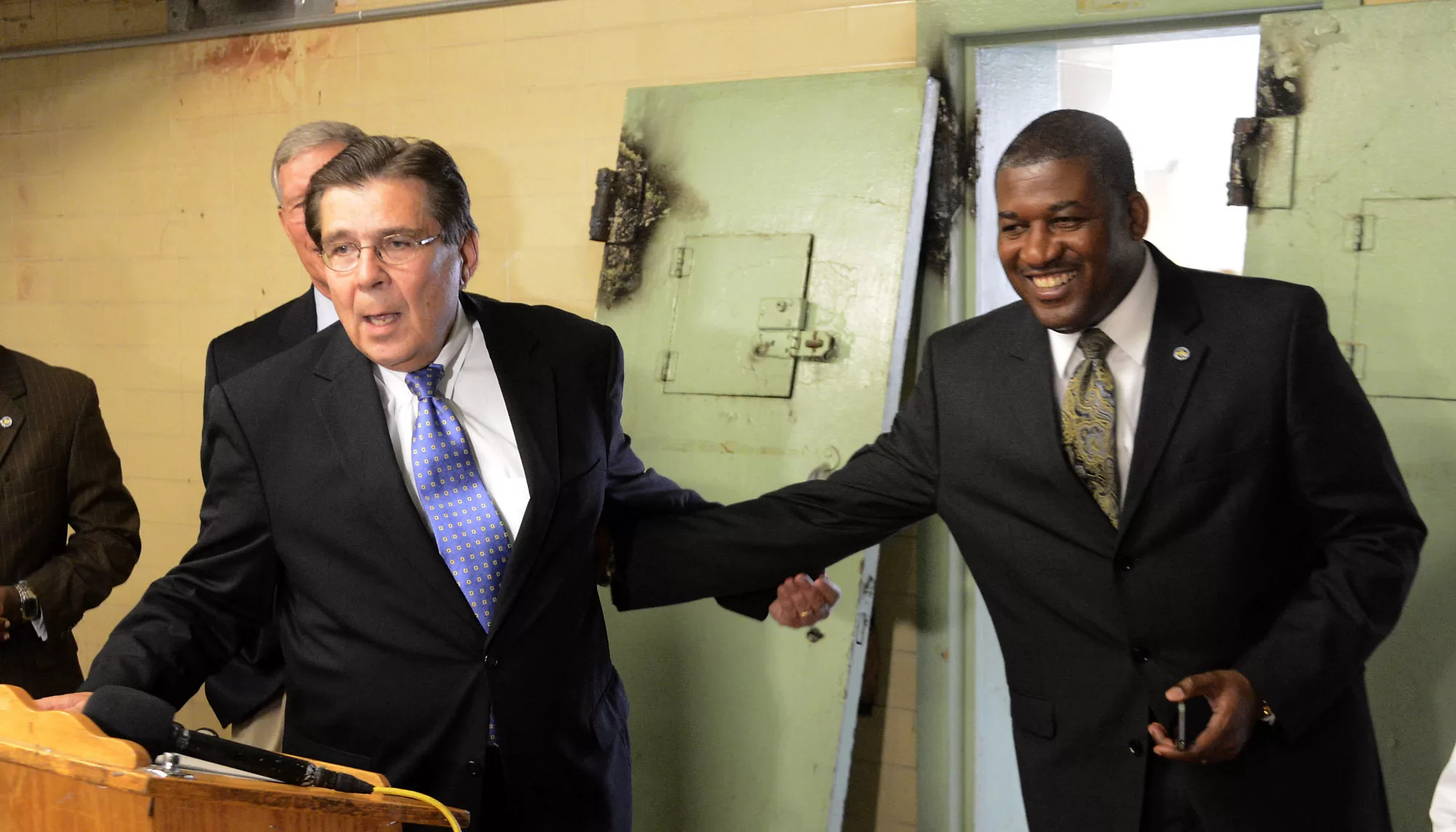Jules Verne and Robert Heinlein would have loved it. That humans settle on the Moon, not just for a short trip before leaving, but to settle there, live there, work there. Is the Moon a new Eldorado? Are we witnessing the beginnings of a rush not for gold but for rare metals, crucial for our technology? Are we going to relocate potentially polluting extraction sites there? Bring back clean energy?
Far from the dreams of inventive writers, the conquest of the Moon is underway and NASA’s Artemis program is only one of the elements. In the viewfinder of several nations, space agencies and private companies, resources that could prove decisive in the decades to come. Space cooperation looks towards the Moon, more precisely its South Pole.
If no human has set foot on the Moon for fifty years and the journey of Eugene Cernan, December 14, 1972, we still have detailed information on its resources. Cernan is often mentioned, but he was accompanied. Harrison Schmitt, the other Apollo 17 moonwalker, first and last scientist of all the Apollo missions, was a geologist and knew what samples to take with him. Since then, robotic missions have never really stopped with, in addition, the arrival of new players such as China. Probes even detected water on the surface of our satellite, which was a big surprise.
This article is for subscribers only. Take advantage of our special offers without obligation.
WHERE
Google Exclusive: 6.99€/month
By choosing this promotional subscription path, you accept the deposit of an analysis cookie by Google.

